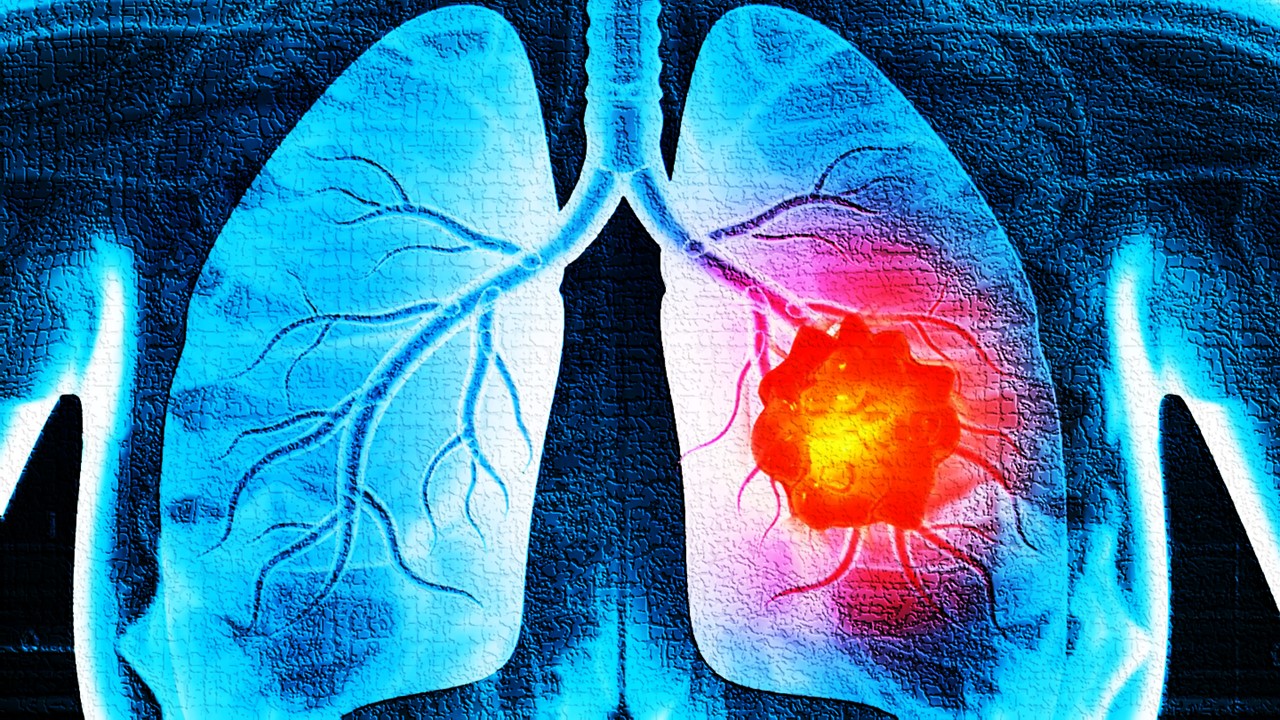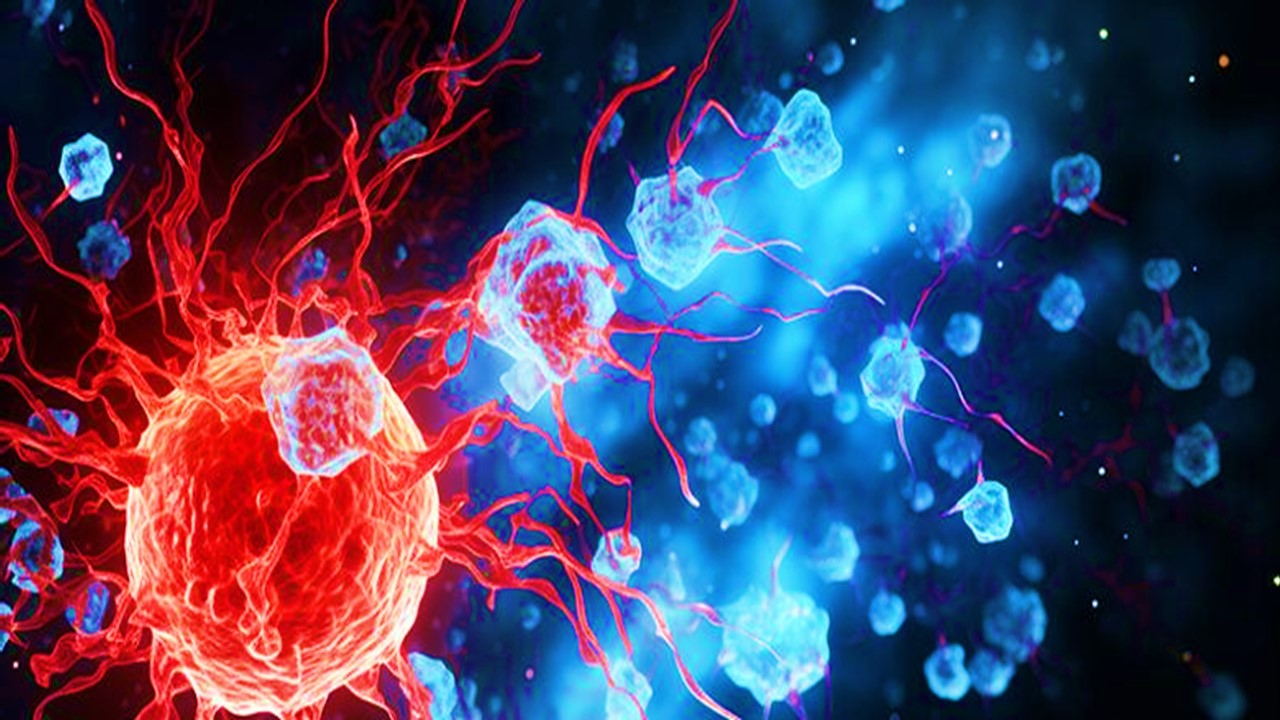As our understanding of immune reconstitution continues to deepen, we unveil a wealth of insights into the transformative potential of immunology in shaping the landscape of healthcare. This final section delves into the future horizons of immune reconstitution, where emerging technologies, personalized medicine, and the relentless pursuit of scientific breakthroughs converge to drive the field forward. By embracing these frontiers, we can unlock novel therapeutic strategies, refine treatment approaches, and advance precision medicine to optimize immune reconstitution and revolutionize patient care.
Unveiling the Immune System’s Complexity: High-Throughput Technologies and Omics Approaches
The future of immune reconstitution holds great promise with the advent of cutting-edge technologies. High-throughput sequencing, single-cell technologies, and omics approaches have revolutionized our ability to dissect the immune system’s complexity at unprecedented resolution. These technologies enable comprehensive profiling of immune cell populations, gene expression patterns, epigenetic modifications, and protein interactions, providing a comprehensive view of immune reconstitution dynamics. By integrating multi-omics datasets and applying advanced computational analyses, we can unravel the intricate molecular networks and regulatory circuits that underlie immune reconstitution processes.
Mapping Immune Cell Interactions: Spatial Transcriptomics and Multi-Modal Imaging
Moreover, emerging technologies such as spatial transcriptomics and multi-modal imaging techniques offer new opportunities to map immune cell interactions within tissues. By elucidating the spatial organization of immune cells and their interplay with the microenvironment, we can gain a deeper understanding of immune reconstitution dynamics in situ. This spatially resolved knowledge can inform the development of targeted therapeutic interventions, tailored to the specific immune landscape of the affected tissues.
Personalized Medicine in Immune Reconstitution: Tailoring Strategies to Individual Patients
Another promising avenue lies in the realm of personalized medicine, where individualized approaches take center stage. Advances in genomics, proteomics, and immunophenotyping are paving the way for precision immune reconstitution strategies tailored to the unique characteristics of each patient. By considering an individual’s genetic makeup, immune profile, and disease context, we can optimize treatment regimens and select the most effective therapies for immune reconstitution.
Leveraging Immunological and Clinical Data: Predictive Biomarkers and Prognostic Models
Furthermore, the integration of immunological data with clinical information, including patient outcomes and treatment responses, holds the potential to identify predictive biomarkers and develop prognostic models for immune reconstitution. By leveraging machine learning and artificial intelligence algorithms, we can uncover hidden patterns and correlations, enabling more accurate predictions of treatment outcomes and patient trajectories. This knowledge can guide clinical decision-making, aid in treatment selection, and optimize therapeutic strategies for immune reconstitution.
Pushing the Boundaries: Novel Targets and Interdisciplinary Research
In the quest for scientific breakthroughs, ongoing research efforts continue to push the boundaries of immune reconstitution. Exploration of novel targets, such as immune checkpoints beyond the well-studied PD-1/PD-L1 pathway, offers opportunities for developing next-generation immunotherapies that can enhance immune reconstitution and overcome resistance mechanisms. Additionally, unraveling the intricate crosstalk between the immune system and other physiological systems, such as the microbiome, the nervous system, and the circadian rhythm, opens new avenues for modulating immune responses and promoting immune reconstitution.
Advancements in Gene Editing Technologies: Refining Precision and Safety
Advancements in gene editing technologies, such as base editing and prime editing, hold promise for refining the precision and safety of genetic modifications in CGT approaches. These technologies enable precise and targeted alterations of specific genetic sequences, offering greater control over gene expression and therapeutic outcomes. Additionally, the development of non-viral delivery systems and the optimization of gene editing protocols can broaden the accessibility and applicability of CGT for immune reconstitution.
Translating Scientific Discoveries into Clinical Practice: Interdisciplinary Collaboration and Implementation
Beyond the realm of basic science and technological advancements, the future of immune reconstitution relies on interdisciplinary collaboration and the translation of scientific discoveries into clinical practice. Close collaboration between immunologists, clinicians, bioengineers, computational biologists, and industry partners can accelerate the development and implementation of innovative therapies. Establishing robust infrastructure, regulatory frameworks, and ethical guidelines is crucial to ensure the safe and effective translation of novel immune reconstitution strategies into patient care.
In conclusion, the future of immune reconstitution is characterized by an exciting convergence of emerging technologies, personalized medicine, and relentless scientific exploration. By embracing these frontiers, we can unlock the transformative potential of immunology in healthcare. With a multidisciplinary approach, integrating advanced technologies, and a commitment to scientific progress, we stand poised to optimize immune reconstitution strategies, refine treatment approaches, and deliver personalized care that revolutionizes patient outcomes. The journey toward a future where immune reconstitution plays a central role in transforming healthcare is underway, and with continued dedication and innovation, we can usher in a new era of precision immunology.
Engr. Dex Marco Tiu Guibelondo, BS Pharm, RPh, BS CpE
Subscribe
to get our
LATEST NEWS
Related Posts

Immunology & Oncology
The Silent Guardian: How GAS1 Shapes the Landscape of Metastatic Melanoma
GAS1’s discovery represents a beacon of hope in the fight against metastatic disease.

Immunology & Oncology
Resistance Mechanisms Unveiled: The Role of Glutathione S-Transferase in Cancer Therapy Failures
Understanding this dual role of GSTs as both protectors and accomplices to malignancies is central to tackling drug resistance.
Read More Articles
Myosin’s Molecular Toggle: How Dimerization of the Globular Tail Domain Controls the Motor Function of Myo5a
Myo5a exists in either an inhibited, triangulated rest or an extended, motile activation, each conformation dictated by the interplay between the GTD and its surroundings.
Designing Better Sugar Stoppers: Engineering Selective α-Glucosidase Inhibitors via Fragment-Based Dynamic Chemistry
One of the most pressing challenges in anti-diabetic therapy is reducing the unpleasant and often debilitating gastrointestinal side effects that accompany α-amylase inhibition.













